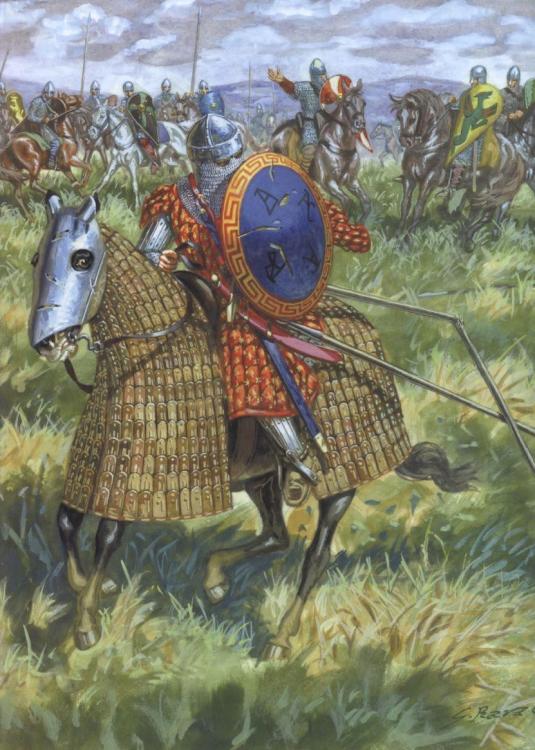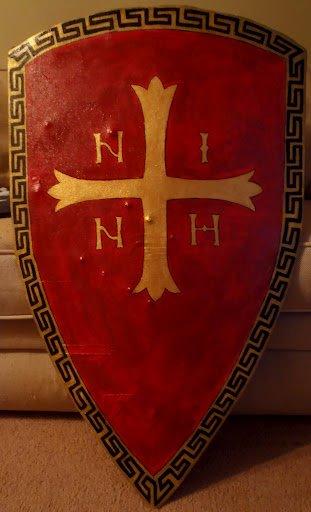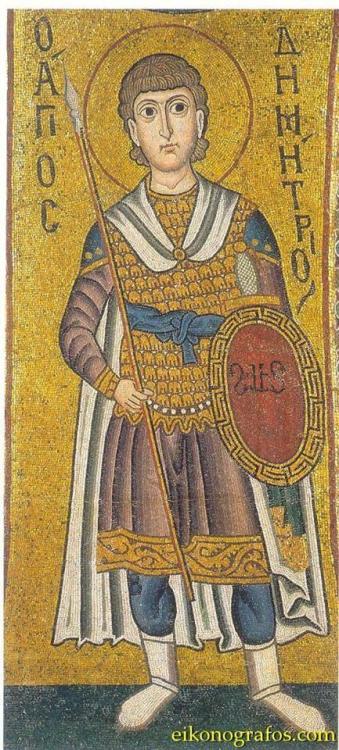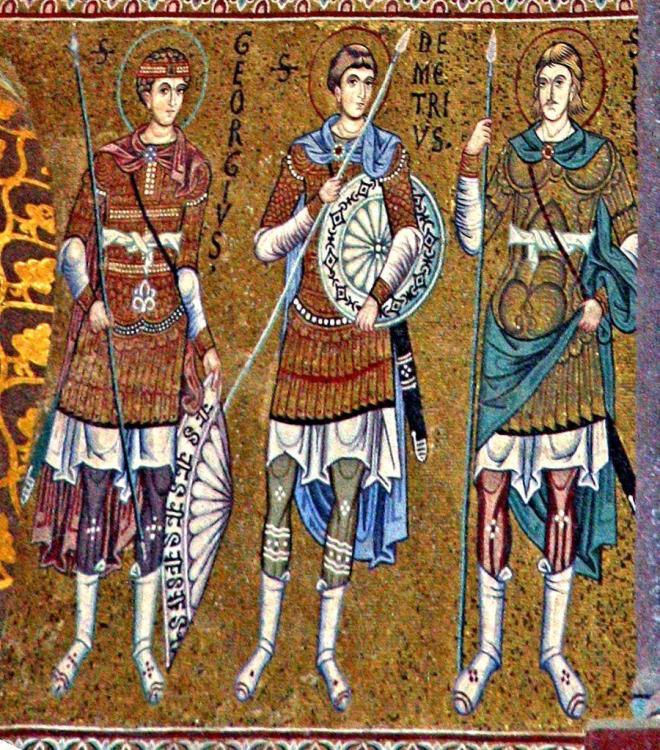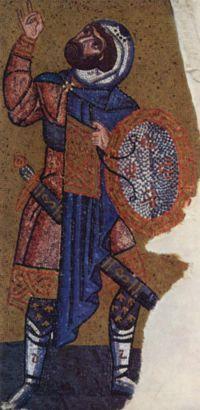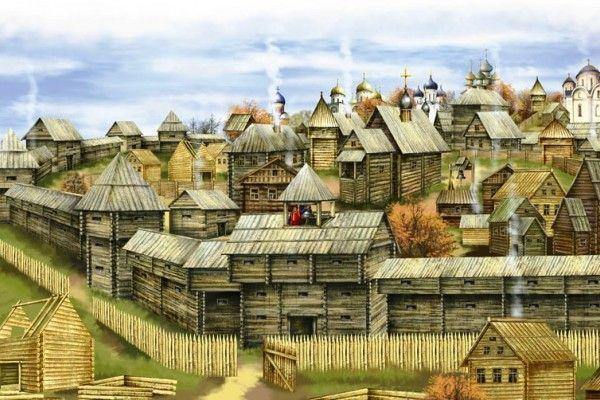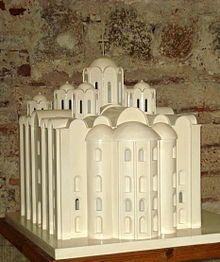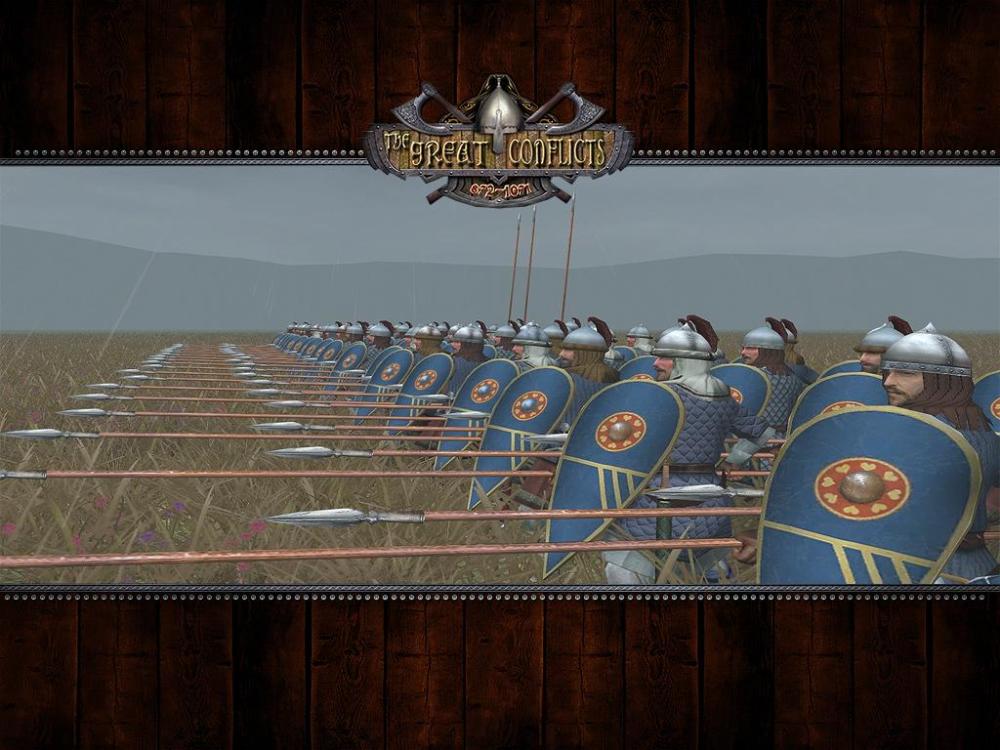
Andronikos Medina
Community Members-
Posts
28 -
Joined
-
Last visited
Everything posted by Andronikos Medina
-
There is a version already playable! It is published regularly in this thread, must be on one of the 6 pages.
-
It is enjoyable and helps greatly to have some idea of how these symbols would look in buildings and military equipment, they do not have to be definitive or strictly realistic since they are tests and interpretations that we try to adapt to the game. The parameters that were established will be fulfilled with a lot of adaptation, but at no time was it thought of overcoming it or skipping them, also given the little significance that the term "Byzantine" implies in these days, it leads to very little archaeological information but if we lean towards the mosaics and manuscripts we have a more realistic image that we have to depend on until some significant archaeological advance is made. Radiotraining in this aspect has been a key symbology adapter to the progress of the mod, the purple Chi-Ro surrounded by meanders is a very popular symbology that we think could be applied to the mod but given the new indications it would be almost a challenge to find some true historical evidence of a flag or shield exactly like this, the mosaic of chora for example is the closest thing we have to the aforementioned symbol. Many of the ideas raised were from the beginning temporary including the symbols of the factions that would be adjusted and developed with better information later. I don't think anyone's effort should be further minimized when examining the entire context of the mod.
-
My point is that the sources of artistic inspirations that we use are all based on and created from mosaics of nobles and aristocrats. In this case @Radiotraining did a splendid job of adapting it as "a" possible option open to refinement. Speaking from my historical experience giving shape to all of this is exciting if we try and explore the various ways in which we could execute them, all the progress that was made in Discord is subject to being shaped and interpreted and nothing should be taken literally.
-
As for the historical precision, I would say that it was not impossible to see the mosaic of the Chora monastery adapted to a shield, even more so knowing that it was a place frequented by nobles and aristocrats including the imperial family. But as for the recreation of the shield that I sent before, that kind of shield with that adaptation was difficult to imagine even at a time as late as that of the Palaeologists.
-
And as mentioned before, most of it was a Hellenic cultural heritage due to the great Greek influence in the eastern Mediterranean area from which the Byzantines drew artistic inspiration. Now we have to emphasize that the "formality" in Byzantium did not exist, each soldier depended on the military equipment that he could acquire given his economy. Regarding the question, I would say that the interest in Byzantium is very low and most reenactors tend to give an image that is not very useful or precise, for example, one of the few that I could find is this shield from a deviantart artist called LadyArwynn16
-
We first take into account that the variety of artistic patterns for Byzantine shields is extremely wide, from meanders and virgin stars to Psudo-Greek inscriptions all had a use in Byzantium.
-
Didn't notice the notifications sorry, so
-
I will be more than happy to help with any style or aspect that is needed for the Byzantines.
-
We are clearly talking about two different Hellenizations (Join us in discord, we need all kinds of knowledge for this initiative!)
-
I think you are confusing two great phenomena of the Byzantine Hellenization applied to its neighboring nations. I say direct control because that is what literally happened, it was with the Byzantine contact that, treaties in which the Byzantine scholars and administrators would have direct or almost direct control of the region in question, until a specific date or year such as what it was with the Rus, a contact that was strengthened much more with the governors of the Monomach dynasty who were original imperial Byzantines. The prelate Nicephoros successfully convinced and integrated the Byzantine political ideas of a single king and a single government that will act as the soul of the ruler among other Platonic citations, to the nations of the Volga through Vladimir II, all of them very deep rooted in the Hellenistic political systems. This is the direct control that the Byzantines exercised over the Rus without mentioning that all the King's advisers or governors would be of Constantinopolitan Greek origin and that apart from being monks, they would be philosophers and schoolar's.
-
Over time it did become a new world but in its early phase the Muscovy Rus were a small settlement belonging to the Kievan Rus community of kingdoms from which there would not be great differences, but if we talk about the Rus Muscovites in their midst or late phase, they would have already built entire cities with mortar, marble and other materials, being extremely similar to Slavic architecture and its palaces and white walls. Also the Muscovite Rus of this time would have been much more centralized and would have seen large-scale fighting as they did against the Teutonic order. But this is a new era that goes beyond the limits of the mod, interesting but not likely for the application of the mod, I would say. And yes, it would be very interesting to see the two cultures connected in some way, in fact it was in the first days of the Christianization of the Rus that the clergy would also be of Greek origin, especially from the Greek cities of the Black Sea that had been recently besieged, but as early as the 10th and 11th century the clergy of the Rus would be directly controlled by the Byzantines. An example of this would be Archbishop Nicephoros, a Greek prelate of Constantinople and advisor to Prince Vladimir II Monomach.
-
Small changes to tell the truth, there is not much else I can mention. It is simply that the Russian Muscovites were a direct derivative of the Kievan Rus, the cultural differences would be almost minimal, the Kievan Rus would certainly make more use of wood and certain Byzantine influences while the Russian Muscovites would have already adopted mortar for different structures, not just for monasteries like the Kievan Rus would. Our concept does not have to change as it is much closer to the times of the Kievan Rus.
-
In the same way, I think it would be more appropriate to develop the Kievan Rus given the chronology in which the game develops, although I must emphasize that the changes may be few.
-
The settlements could definitely vary. Settlements of the Rus on the coasts of the Black Sea could have been almost copies of the Greco-Byzantine colonies that would have used mortars, marble and different materials, leaving wood as a secondary option and only differentiable with certain variations such as domes, but in to a large extent they were simply palisade communities. But if you want to give more life to the Rus you could add a Byzantine embassy or something similar to allow them to improve mortar or other materials.
-
This is another image that represents very well a settlement of the Rus, as you can see almost the entire city is made of wood with the exception of the monasteries.
-
If you plan to add monasteries for the Rus, you should know that they were the best elaborated and constructed building in the city and even also served as a residence for the governors and their monks who would also have the role of advisers. You should also know that these monasteries were built from the beginning by Byzantine architects after the Christianization of the Rus, so they should share certain similarities, it was not until late in the 11th century that the Rus monasteries acquired their own characteristics such as that white that characterized its monasteries but still following the Byzantine architectural design. In the artistic aspects it was also the Byzantines who guided the Russian artists in the construction of mosaics and Orthodox frescoes, an example of this is that in both civilizations a mosaic or fresco of Christ Pantrokrator was placed on the upper part of the door.
-
Congratulations! It's a start and it looks great to be just a test.
-
You are right about the Lombards. In my opinion, they were much more striking and important, since it was the closest that Italy had to a centralized German-Roman state. And yes, the truth is that I believe that several of the small city-states could make their appearance as mercenaries since in these times they did not have something that was "theirs" as in much later times. But it would be just as interesting to plan a campaign focused on all this.
-
If we are to add the Venetians from the 8th to the 10th century, we should take into account that the latter were a strongly Hellenized province that almost in all situations would have resorted to Byzantium for military, commercial and economic reasons. In fact Venice owed its prosperity, security and very existence to the monarchs of Constantinople. From the beginning the clergy of Venice was of Greek origin and the Venetians themselves "adopted the Greek traditions and ways" because of this, they were very often confused by the European popes and kingdoms with the Byzantines themselves. The Venetian churches were consecrated to Byzantine saints and the city itself was patronized by the Greek saint Theodore until the 9th century. The same applies to the Venetian nobility who used a Byzantine Greco-Roman political system with terms like the "Aristoi" and "Patrici" in use by Venetian nobles and governors. Almost all the most important families of the time were directly Greek or of Greek origin such as the Guistiniani, Candiani, Zancaroli, Semitecoli and the Bizzamani.
-
I think we should focus on a specific civilization and develop it appropriately. Of course I will still give historical advice about Byzantium, but I suppose it will be in its own time and in the different influences that these neighboring civilizations received from it.
-
I could help you with the Bulgarian history both with its institutions and in the military aspect. My acquaintance with neighboring nations such as Bulgaria, Armenia, the Kievan Rus, and divided Italy is extensive but not as broad as in the area of Byzantinism that I do best. But if you prefer to focus on these specific nations, I could also give you what I know on the subject. Since the Kievan Rus are the priority I will inform you as best I can in the historical context of the Rus.
-
Haha thanks for the context, I did play the game! But I started to have problems with the mod and gave it up eventually. Speaking of new civilizations, wouldn't you like to include Georgians or Armenians? To the Lombards perhaps?
-
I really liked your representation of the units for the Rus but I was wondering if you have any representation or idea of what the Byzantine units would look like.
-
Of course. These are all ideas but they need some historical backing and adaptation for the game.
-
Bearing in mind that the dark period of Byzantium that began around 640 and lasted until the 800's with the Macedonian dynasty, you should keep the following in mind. The Byzantine empire of the time was beginning a phase of centralization in which a new organized and effective state was being formed. An example of this were certain campaigns and incursions to the Arab neighbors, an occurrence that demonstrated that the Byzantine state was transforming from a defensive state to a more aggressive and ambitious one. On the military issue I think the mod was very close to the Byzantine army of the 6th century and the late 5th century, but it leaves plenty of room if it is planned to be 7th century onwards. The armor set for this time should be that of lamellar armor and Oriental scales with the seals of the Hellenistic armor, the same applies to their helmets and patterns on the shields that show certain inaccuracies. The helmets depicted are explicitly late Roman and not Coptic or Caucasian as they should be in the mid-7th century Byzantium. While the patterns on the 7th century Byzantine shields were extremely personalized, often with Psudo-Greek inscriptions and decorations, Greek natives. Now I think that certain units should also be added, perhaps to the "Kontarioi" which were an adoption of the Hellenistic war manuals of the "phalangitai". The "kontarioi" like their predecessors were armed with circular shields the size of Macedonian pelts with spears of up to 8 meters to form a "Chiliarchia" which was a Macedonian phalanx only with more combined use of the light infantry "Toxotai" and "Psiloi". In the administrative and architectural aspect I believe that an extremely important Byzantine structure is needed. This was called the "Bouleterion" or "Bouleteria", it was a building dedicated to the assemblies of each city in which administrative and judicial matters were supervised. The Byzantine "Bouleteria" were largely a continuation of the classical Greek parliamentary system as they were structured and had the same purposes as their ancestors. A Byzantine "Bouleteria" would have been led by an "Aristoi" under the supervision of an "Epitropes" who was the presence of the Basileus in Constantinople, in the same way the Hellenistic kingdoms would establish "epitropes" to supervise the cities under their rule and assist to the assemblies led in them. I think this "Bouleteria" should be a research structure with a lot of economic benefits. It was in these Bouleteria that financial, judicial and administrative issues were treated and discussed by the Byzantine upper classes "Dynatoi" "Prouchontes" "Megastinoi" and "Aristoi". I wrote much of this article on wikipedia a few years ago: https://en.wikipedia.org/wiki/Byzantine_battle_tactics This article explains a bit the circumstances of the Byzantine military world. (The mod "the great conflicts" of total war, in my opinion, is one of the most accurate in terms of Byzantine military equipment from the 7th to 11th century with small inaccuracies such as the lack of variety of armor in certain regiments.)


